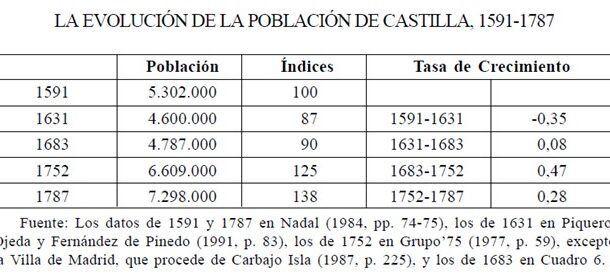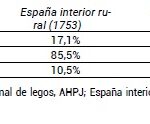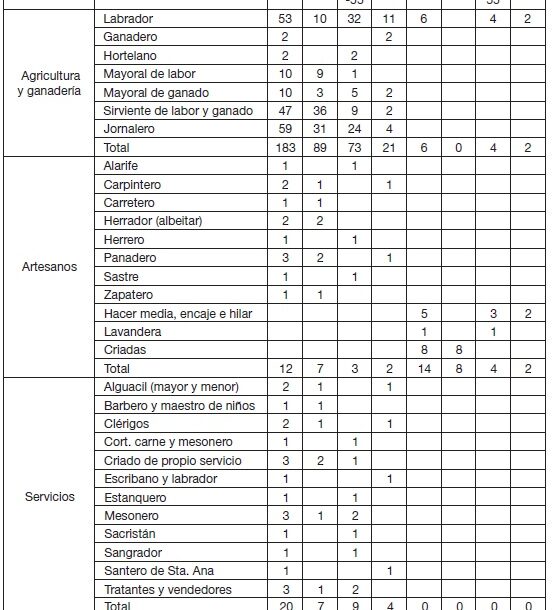
Female spinsterhood during the eighteenth century was an exception to the moral norms of the time, where marriage signified the central axis of the individual’s life cycle. Nevertheless, a series of negative connotations were attributed to unmarried women because of their economic independence, managing their patrimony in solitude and developing a life without the authority of a male figure. With respect to households as a whole, 20.38% of the heads of household in the sample represented were women. Broken down, the majority of female heads of household were widows, accounting for 16.66%, while single women accounted for 3% of the total number of heads of household; married women accounted for 0.7%. In terms of female representation, single female heads of household accounted for 14.7%, while widows accounted for 81.74%.
Collection: Statistics
Project: 3. Rural world and urban world in the formation of the European identity., 4. Family, daily life and social inequality in Europe.
Chronology: XVIII
Scope: Secondary Education, Baccalaureate, University
Link: https://adeh.org/wp-content/uploads/2020/09/ADEH-2020-7-Raquel-Tovar-Pulido.pdf
Resource type: Statistics
Format: Table
Source: Tovar Pulido, Raquel, «Mujeres solteras e independientes en la España del siglo XVIII: rentas familiares y gestión patrimonial en el mediodía peninsular», Revista de Demografía Histórica, vol. 38, nº1, 2020, pp. 149–176.
Language: Spanish
Date: 2020
Owner: Álvaro Romero González (Modernalia)
Copyright: ©Raquel Tovar Pulido, ©Revista de Demografía Histórica
Abstract: The female head of household in Spain in the 18th century through life cycles
Image
Tags







